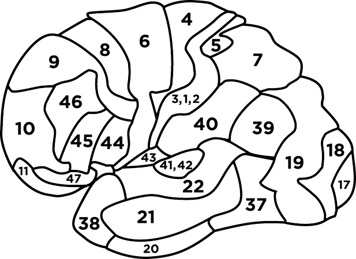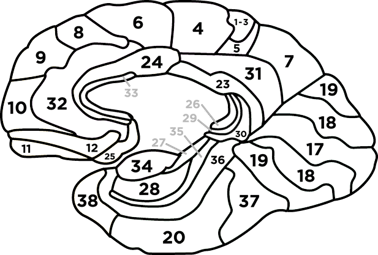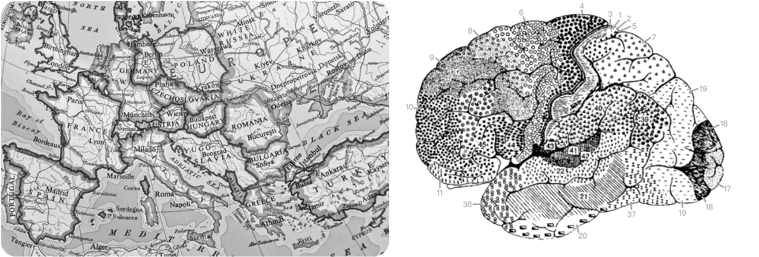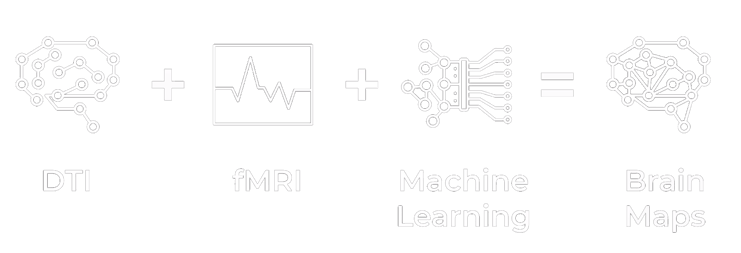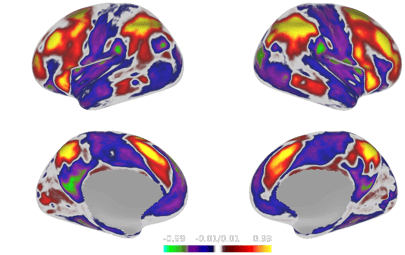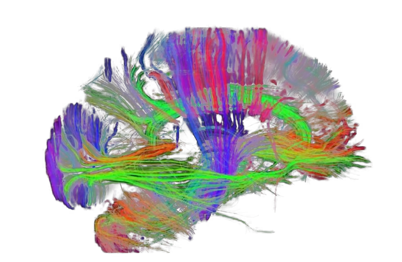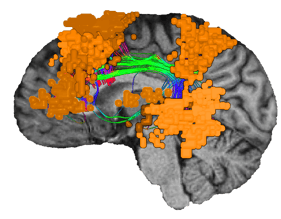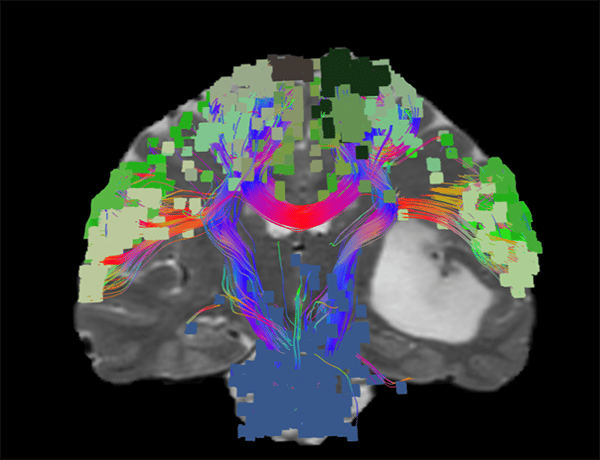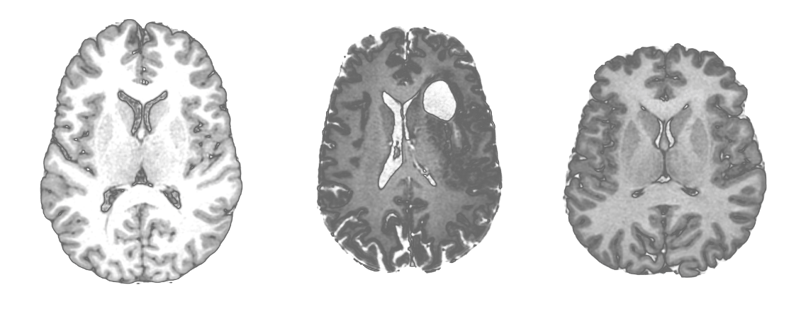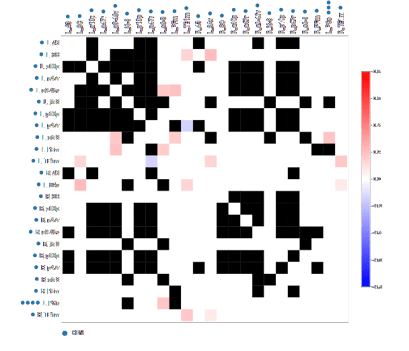In 2009, the Human Connectome Project (HCP) commenced a five-year effort to digitally map the structural and functional neural connections in the human brain. The $38.5M project began with a Blueprint Grand Challenge grant from the National Institute of Health and formed consortiums across top neuroscience institutions in the world including Washington University, Oxford, the University of Minnesota, Harvard, and UCLA.
Collectively over a thousand subjects each underwent detailed studies of their brain using advanced, MRI-based techniques.
The HCP made substantial improvements in techniques to map the brain, and completely overhauled the alphabet and language used to study it.
The result was a new brain map, the HCP Parcellation, or Atlas, that defined discrete brain areas based on their functional roles and how they were both functionally and structurally connected. This included 83 areas from previous studies and 97 that were previously unknown, totaling 180 in each hemisphere (or 360 in total)2.
Notably, the detail offered by this brain map was sufficiently intricate to explain higher brain function, yet still ‘simple’ enough to be analyzed by neuroscientists and (more importantly) computers and AI3.
The HCP parcellation differs from Brodmann’s because it is a multimodal method of identifying functional areas and their connections. Rather than looking at anatomical structure alone, the HCP atlas segments the brain based on cortical architecture, function, functional connectivity, and/or topography.

The 180 areas of the brain newly defined by the HCP2
This parcellation also prompted groundbreaking findings on how these areas work together.
By studying the HCP parcellation, we now understand that cognition and function cannot be explained by individual regions. Instead, each functional area, or parcel, is a single node that participates in a larger brain network. These networks are responsible for important cognitive processes, like vision, movement, and internal thought.
Imagine the brain as a modern day company
The company operates with multiple departments, such as product development, sales, marketing, HR, and others. On a typical day, each department has specific projects to complete, and every successful project contributes to the company’s overall operation. These departments are the main networks that operate in the human brain.
Now, take this analogy a step further: each department contains a team of employees working together on specific projects. In the sales department, one employee may search for new customers while another analyzes revenue data. While these two employees are in the same department, they perform different—although interrelated—tasks. The company’s employees are the individual nodes in the brain’s parcellation. While each node may have a primary function, its task processing is only a small part of a larger operation.
For too long, neuroscience focused on classifying individual nodes based on the tasks they performed, and this led to a misunderstanding of how the nodes work together. With a map of the brain and its connections, we’re now able to see not only how individual nodes function, but how they function together.
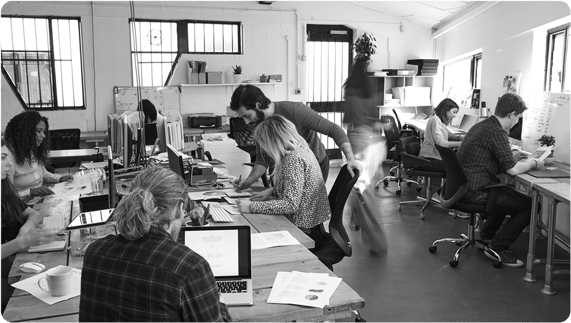
Companies are about bringing together people of specific skill sets to accomplish massive and complex tasks - no one department or individual does it all. The brain is no different.
